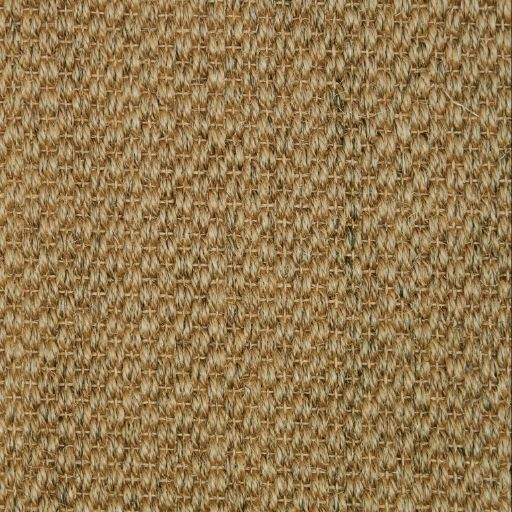Wood flooring has been a preferred choice for homeowners for centuries, not only because of its timeless beauty but also for its longevity. However, not all wood floors are created equal. When it comes to durability, some wood species and types of wood flooring outshine others. If you’re considering wood floors and durability is a top concern, you’re in the right place. This article will dive into the most resilient wood flooring options available.
Factors Affecting Wood Flooring Durability
Before identifying the most durable wood types, it’s essential to understand the factors affecting wood flooring’s durability:
Janka Hardness Rating: This is a standard test measuring wood’s resistance to wear and denting. The higher the rating, the more durable the wood.
Finish: The type of finish applied to the wood can significantly impact its resistance to wear, stains, and damage.
Thickness: Naturally, thicker wood planks tend to offer more durability as they can withstand more sanding and refinishing over the years.
Grain Pattern: Woods with tight grain patterns, like oak, tend to be more durable than woods with loose grain patterns.
Most Durable Wood Flooring Options
- Oak: Both red and white oak are renowned for their durability. They have tight grain patterns, which not only give them a distinct look but also contribute to their longevity. Oaks generally have a mid-range Janka rating, making them durable without being excessively hard.
- Hickory: With a Janka rating higher than oak, hickory is known for its rustic appearance and incredible durability. Its varied grain pattern can hide dents and scratches more efficiently than woods with consistent grains. It is a popular option in the United States and Asia but can become expensive when imported to Europe.
- Maple: Used in activities like bowling alleys and sports courts, maple’s durability is unquestionable. It has a subtle grain pattern and can vary in hardness depending on its source, but generally ranks high on the Janka scale.
- Bamboo: Although technically a grass, bamboo flooring has gained popularity due to its eco-friendliness and durability. Strand-woven bamboo, in particular, undergoes a manufacturing process that makes it incredibly hard and more durable than many traditional hardwoods.
- Brazilian Cherry (Jatoba): Exotic hardwoods are often sought after for their unique looks, but many, like Brazilian Cherry, also offer exceptional durability. It boasts a high Janka rating, ensuring it stands up well to wear and tear.
- Teak: Known for its natural oils and tight grain pattern, teak is not only durable but also resistant to moisture and insects. This makes it a great choice for locations with high humidity or risk of spills.
- Ebony: A rare and often expensive option, ebony has a very high Janka rating. Its dense nature makes it resistant to dents and scratches, and it offers a unique, dark appearance.
Enhancing Durability with Finishes
Regardless of the wood type you choose, applying a durable finish can enhance its resilience. Polyurethane finishes, both oil-based and water-based, offer a protective layer that guards against wear, moisture, and stains. For those seeking a natural finish, hardwax oils penetrate the wood and provide a durable, repairable, and aesthetically pleasing surface.
Conclusion
Choosing a durable wood floor ensures a lasting, beautiful surface for years to come. While the type of wood is a significant factor, remember that maintenance, proper installation, and protective finishes can also influence your floor’s lifespan.
At Bristol Carpet and Flooring, we favour Oak wood floors due to their balance of durability and feel. With proper installation and protective finishes it can become as durable as any of the harder woods listed in this article.
If longevity is a top priority, always consult with a flooring professional to ensure you’re making an informed choice. With the right wood and care, your floors can remain a stunning focal point in your home for generations.
Back to Feed

